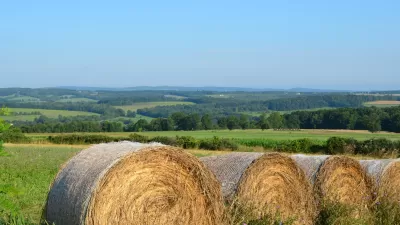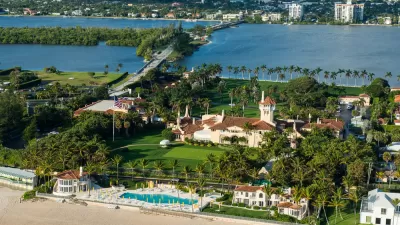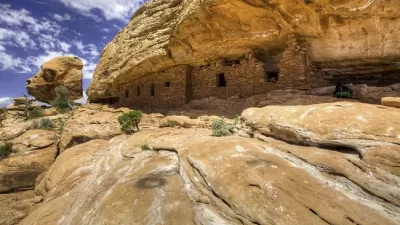A tax break designed to protect land has become just another massive tax loophole. It looks like conservation easements are here to stay.

Peter Elkind reports on the details of an underappreciated mechanism of the U.S. tax structure that relates to land use, i.e., conservation easements.
The idea seems like the perfect marriage of environmentalism and capitalism: Landowners give up their right to develop a piece of property, and in exchange they receive a special tax deduction. Nature is preserved and everybody benefits.
According to Elkind, conservation easements worked in many examples, but at some point conservation easements became motivated more by commercial reward than for any concern about the natural environment. Elkind recounts the story of the former Millstone Golf Course outside of Greenville, South Carolina, closed in 2006 and dormant until 2016.
Later in 2016, however, a pair of promoters appeared. They gathered investors who purchased the same parcel at the market price and, with the help of a private appraiser, declared it to be worth $41 million, nearly eight times its purchase price. Why? Because with that new valuation and a bit of paperwork, the investors were suddenly able to claim a tax deduction of $4 for each $1 they invested.
According to Elkind, those kinds of transactions have transformed conservation easements into the "single most generous charitable deduction in the tax code." If you're wondering whether it survived the Republican tax reform bill signed recently by the president, it did, according to Elkind. Moreover, President Trump has a long history of building tax shelters by using conservation easements.
The article includes a lot more examples and explanations to describe the tax shelter conservation easements have become.
FULL STORY: The Billion-Dollar Loophole

Alabama: Trump Terminates Settlements for Black Communities Harmed By Raw Sewage
Trump deemed the landmark civil rights agreement “illegal DEI and environmental justice policy.”

Planetizen Federal Action Tracker
A weekly monitor of how Trump’s orders and actions are impacting planners and planning in America.

Why Should We Subsidize Public Transportation?
Many public transit agencies face financial stress due to rising costs, declining fare revenue, and declining subsidies. Transit advocates must provide a strong business case for increasing public transit funding.

Understanding Road Diets
An explainer from Momentum highlights the advantages of reducing vehicle lanes in favor of more bike, transit, and pedestrian infrastructure.

New California Law Regulates Warehouse Pollution
A new law tightens building and emissions regulations for large distribution warehouses to mitigate air pollution and traffic in surrounding communities.

Phoenix Announces Opening Date for Light Rail Extension
The South Central extension will connect South Phoenix to downtown and other major hubs starting on June 7.
Urban Design for Planners 1: Software Tools
This six-course series explores essential urban design concepts using open source software and equips planners with the tools they need to participate fully in the urban design process.
Planning for Universal Design
Learn the tools for implementing Universal Design in planning regulations.
Caltrans
Smith Gee Studio
Institute for Housing and Urban Development Studies (IHS)
City of Grandview
Harvard GSD Executive Education
Toledo-Lucas County Plan Commissions
Salt Lake City
NYU Wagner Graduate School of Public Service





























